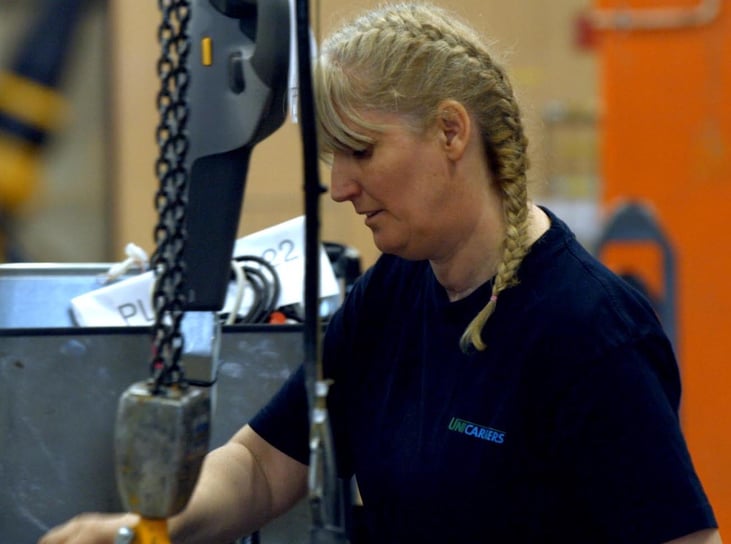
Having efficient, reliable and safe vehicles is essential for effective materials handling, and there's a range of different ways to get them. Here, we give you our guidance on that difficult question - should you rent, buy or lease your next forklift truck?
Renting

The number one advantage with short term hire is flexibility. If you quickly need to meet a temporary peak in demand, or if your demand levels change depending on the time of year, then renting is probably your best option. Expanding your fleet by renting can be easier on your bottom line, but it can also have effects elsewhere. Having more trucks to move more pallets could lower costs, improve productivity, and reduce the strain on your drivers.
Leasing

Leasing offers similar advantages to renting, but can be the better option if you’ll need extra trucks for longer periods of time, or if you don’t simply have the funds to buy new trucks right now. You can think of it as an alternative to ownership, which may not involve the tied-up capital that buying can bring.
Leasing can also offer extra security, since they are often associated with a service contract. However, since you're still not the full owner, you may not be able to make major modifications, and what you pay may vary, depending on what you use the truck for and how often you use it.
Buying

Buying can be essential for some warehouses. Many manufacturers will allow you to make special orders for trucks which are modified for use with things like non-standard loads or extra-high racks. This customisation may not be as available if you're just renting a truck for a short time. Even better, owning a truck means that it's yours. You don't have to worry about usage limits or using it only for certain tasks, as you might if you hired it.
However, if your requirements suddenly change, it may be more difficult to adapt your fleet if you own the trucks - it's not as simple as hiring new ones which are more suited to the new tasks.
So which option should you choose?
Each of these options give a number of advantages and disadvantages, and many warehouses use a combination of all three to achieve their materials handling needs. It's a question of weighing up how much flexibility you need, how much you want to spend, and what you want to use your forklifts for. These are decisions every company needs to make, but hopefully now you have the knowledge you need to make them.






































Comment